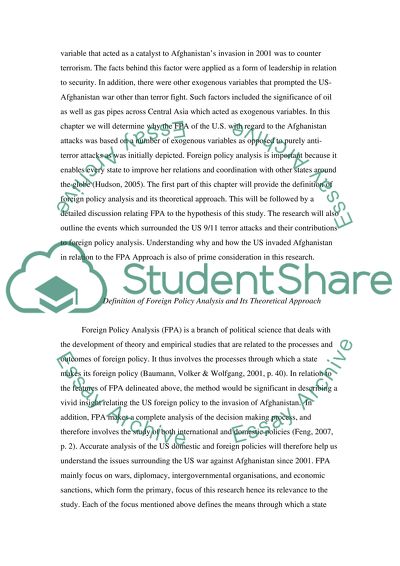Cite this document
(“Foreign Policy Analysis of the 9/11 and the U.S Invasion of Essay”, n.d.)
Foreign Policy Analysis of the 9/11 and the U.S Invasion of Essay. Retrieved from https://studentshare.org/history/1493184-foreign-policy-analysis
Foreign Policy Analysis of the 9/11 and the U.S Invasion of Essay. Retrieved from https://studentshare.org/history/1493184-foreign-policy-analysis
(Foreign Policy Analysis of the 9/11 and the U.S Invasion of Essay)
Foreign Policy Analysis of the 9/11 and the U.S Invasion of Essay. https://studentshare.org/history/1493184-foreign-policy-analysis.
Foreign Policy Analysis of the 9/11 and the U.S Invasion of Essay. https://studentshare.org/history/1493184-foreign-policy-analysis.
“Foreign Policy Analysis of the 9/11 and the U.S Invasion of Essay”, n.d. https://studentshare.org/history/1493184-foreign-policy-analysis.


